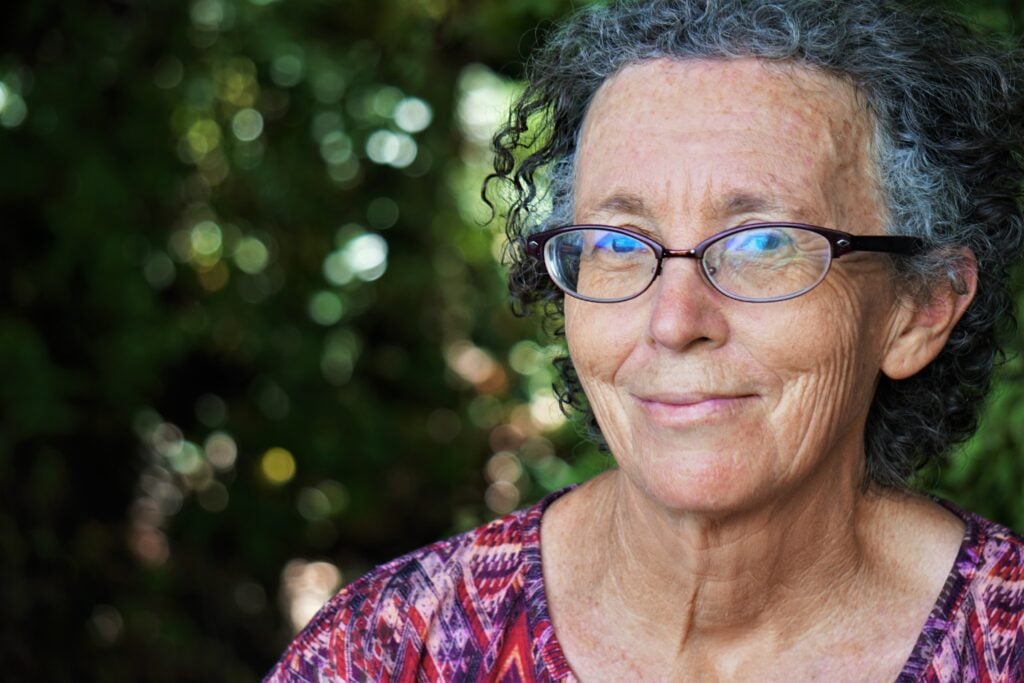The gender pay gap is about more than just ‘equal pay for equal work’ (it is illegal to pay people differently for the same or comparable work, although it still happens).
Katelyn Clarke, Gender Equality campaigner
An update: See here for a podcast by Alison Pennington from the Centre for Future Work at the Australia Institute on the gender pay gulf!
The gender pay gap is the difference between the average earnings of women and men in the workforce. It is multi-dimensional, reflecting the variety of social and economic factors that lead to gender inequality in the workplace and women’s reduced earning capacity over a lifetime, according to the Workplace Gender Equality Agency.
The Workplace Gender Equality Agency and Australian Bureau of Statistics data both indicate a gender pay gap that favours full-time working men over full-time working women, in every Australian industry and occupational category.
As of November 2020, the gender pay gap is 13.4%, equating, for full-time working women, on average, $242.90 less per week than full time working men. The gap is down from a high of 18.5% in 2014 but we have a long way to go to get to equal.
Over a lifetime, women will earn less, be less likely to advance as far in their career and accumulate less superannuation and savings than men, meaning they are more likely to live in poverty in their old age.
Straight up gender discrimination is a factor. Occupational and industrial segregation, years not working due to interruptions caring for family, the ‘motherhood penalty’, part time and unpaid work are all factors.

Closing the gender pay gap means going beyond just ensuring equal pay.
For International Women’s Day, we took a closer look at the awards and agreements, maintained by the Fair Work Commission, that determine wages in Australia and it is clear that we can reduce the gender pay gap through our systems and structures of wage-setting. Here’s how:
| 1. Equalise the ratio of male to female commissioners and Expert Panel members in the Fair Work Commission | Annual wage reviews are conducted by the Expert Panel of the Fair Work Commission. As of February 2021, the Panel had a 2:5 ratio of female to male members and a male president. Gender equality in the wider Commission is now better, with 57.5% male and 42.5% female commissioners and appointments are now merit-based, but numbers are still not equal. The Panel sets the minimum wages for 21% of the workforce employed under awards and influences the wages of 37.9% of those under collective agreements; 57% of both of these groups of employees are female (ABS 2019). |
| 2: Make the complete reasoning behind the annual wage review decisions public and transparent | Genuine transparency will assure the government and the Australian public that wages are being set fairly without gender bias or systematic discrimination, reducing the under-valuation of “women’s work” amongst award employees. |
| 3. Involve the Workforce Gender Equality Agency in the annual wage review process | This statutory agency promotes gender equality in Australian workplaces. It makes sense for it to be involved in the annual review on each award. |
| 4. Mandate gender equality in collective agreement/ enterprise bargaining and consider benefits that enable gender equality in workplaces | Enterprise/ collective agreements are negotiated between employers and bargaining representatives for employees in enterprise bargaining. Mandating gender equality among the bargaining reps is an important step in creating agreements that have considered the impacts on all genders. Enterprise agreements should include parental leave, flexible working arrangements, childcare, career development, education and job design. There should be a baseline understanding of whether the agreement is in a male or female-dominated industry and an awareness of the female-dominated roles. |
| 5. A gender-equal Expert Panel should undertake a transparent wage review of all awards in female-dominated industries. | A systematic review of the minimum wages of all female-dominated industry awards in comparison to all male dominated awards, using the input and expertise of the WGEA and other gender equality advocacy groups, will ensure awards are not contributing to gender discrimination. |
These changes should result in an increase in the minimum wage in female-dominated awards and directly raise the wages of the lowest earners in the workforce, the majority being women.
They should directly reduce the gender pay gap among award employees and have a measurable impact on the overall gender pay gap because of their indirect influence on enterprise agreements.
At the very least, these measures will provide Australians, and women in particular, with the assurance that systematic discrimination in a large component of Australia’s wage setting system is being addressed.
Photo by engin akyurt on Unsplash
